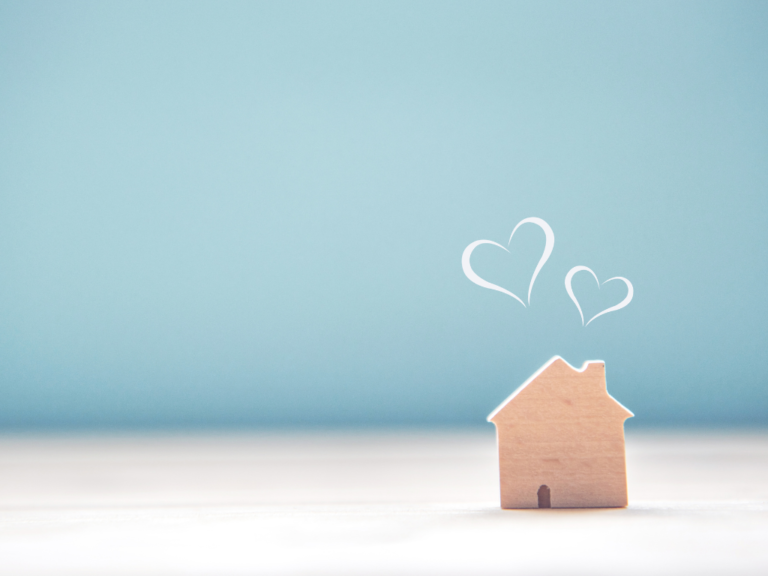What is the Housing and Wellness Program and what are the goals of the program?
Our homes should be safe and comfortable spaces that nurture our minds and bodies. We recognize that housing is a social determinant of health and that the housing environment directly impacts our health and wellness. The Housing and Welfare Program is a program designed to provide welfare-related tools and resources to support Indigenous people living or working on reserves.
What types of resources do you offer?
We offer a variety of resources, including toolkits, infographic posters, blog posts, and informative videos. As the program evolves, we aim to introduce further resources such as webinars and workshops to enhance our offering.
Can you explain the structure of the housing and wellness program?
The program is divided into two main sections: education and health.
Under the Wellness umbrella, we offer a range of resources aimed at addressing common issues faced by housing professionals, tenants and young people when it comes to their personal health and home wellbeing. Through these resources, individuals can access relevant information and support to make informed choices and prioritize their health. Topics covered include burnout, mental health, indoor air quality, and safety concerns such as fire protection and mold mitigation.
On the education side, we recognize that many housing deficiencies stem from a lack of understanding and knowledge, so we have launched the “Keeper of My Home” program to teach young people how to properly care for their homes from a young age. We provide educational tools such as programs. . Learn more about the Keeper of My Home program here.
What benefits does the housing and wellness program aim to provide to participants?
Housing and wellness programs aim to benefit participants by promoting improved well-being through a multifaceted approach. Through the provision of resources and support, individuals can address common issues experienced by many. By equipping individuals with education and knowledge, the program enabled them to make informed decisions and take proactive steps to improve their personal and household health. Educational initiatives that specifically target young people instill a sense of responsibility and consideration for the environment in which they live from an early age, contributing to the long-term well-being of local communities. By fostering a supportive environment and providing mutual support, the program creates a healthier, safer, more supportive living environment for all participants, ultimately improving their overall quality of life. I’m trying to make it happen.
How do housing and wellness programs address the physical and mental health needs of participants?
The Housing and Wellness Program combines resources, support, and educational initiatives to meet the physical and mental health needs of participants. First, it provides information that promotes improved physical health and helps participants create a safer and healthier living environment. We also provide support and resources to address mental health concerns and promote mental health. By comprehensively addressing physical and mental health needs, the program aims to improve the overall health of participants and foster a healthier, happier community.
Are there eligibility criteria or requirements for individuals to participate in housing and health programs?
No, it’s a free program that anyone can access.
Can you share an example of a partnership or collaboration that has increased the effectiveness of your housing and wellness program?
Through this program, we welcome collaborations aimed at increasing its goals and effectiveness. For example, our partnership with the First Nations Health Managers Association (FNHMA) has enabled us to explore how health and housing can work together and create tools that support each other.


